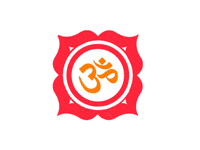Eight Limbs
The term ‘ashtanga yoga’ is taken from the ‘Yoga Sutras of Patanjali’, one of the most important classical yoga texts. ‘Ashtanga’ means eight limbs. Patanjali describes them as follows:
1. Yama : Universal morality (our behaviour in relation to others). The five yamas are:
- Ahimsa (non-violence)
- Satya (truth)
- Asteya (non-stealing)
- Brahmacharya (continence, self-restraint)
- Aparigraha (non-greed)
2. Niyama : Personal observances( our behaviour in relation to ourselves) The five niyamas are:
- Sauca (Purity)
- Santosha (Contentment)
- Tapas (discipline)
- Svadhyaya (self-study)
- Ishvara-Pranidhana (devotion to God)
4. Pranayama : Breath control
5. Pratyahara : sense withdrawal
6. Dharana : Concentration
7. Dhyana : Meditation
8. Samadhi : Union with the Divine/ self realization
The first four externally oriented limbs must be established in order for the last four internally oriented limbs to evolve. In Pattabhi Jois’s system of yoga we begin by focusing on the 3rd limb –asana, but through the vinyasa technique we are introduced to pranayama, pratyahara, and dharana also. And without observing the yamas and niyamas the asanas become just a form of exercise. So all the limbs are intertwined and all must be practised in order to reach the state of yoga.

